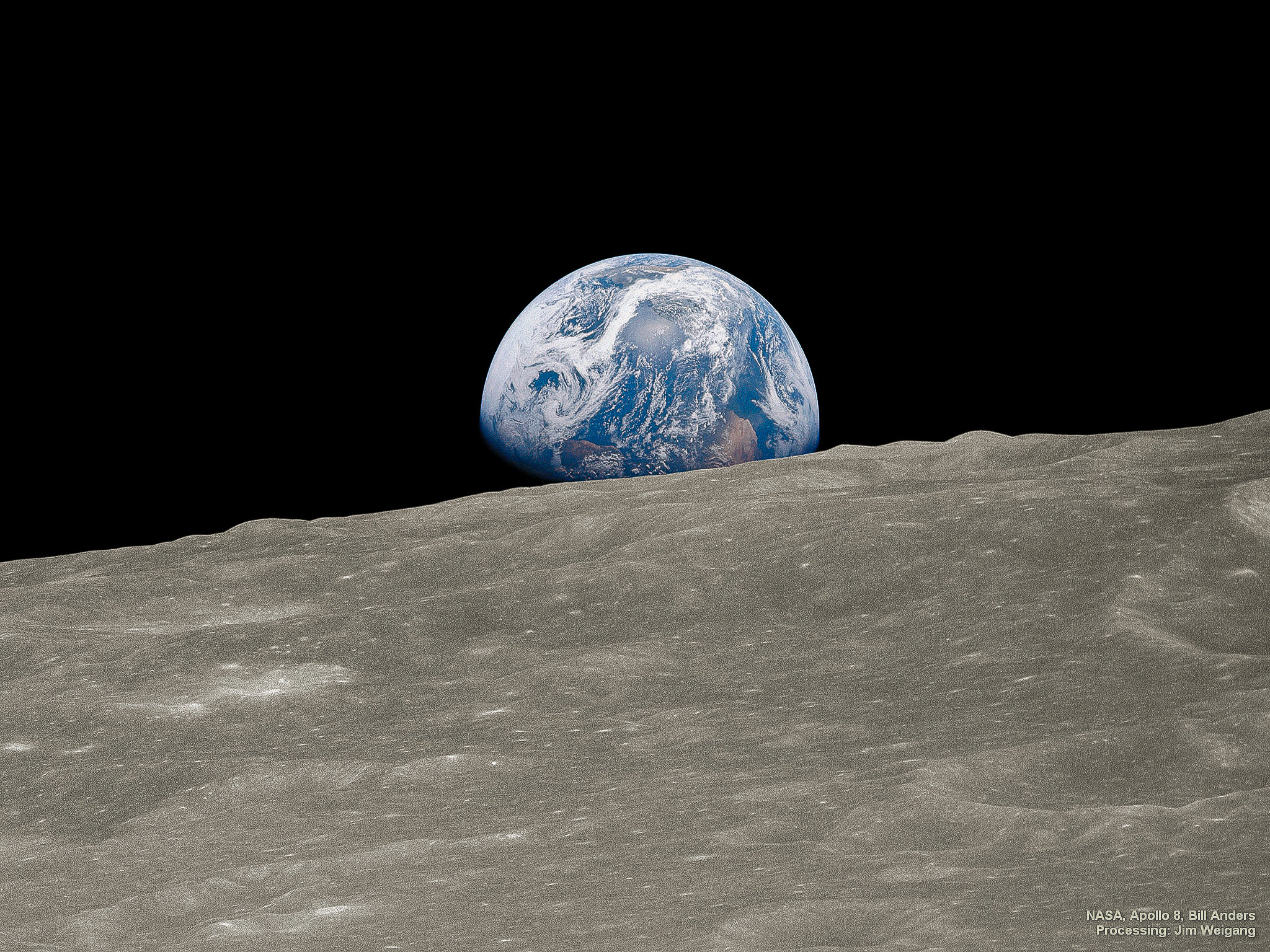Nikon Df is over a decade old – so why does it still fetch over $1,000?
Before the Zf there was the Nikon Df, but this retro DSLR imitating a retro film camera still commands big bucks. I think I know why…
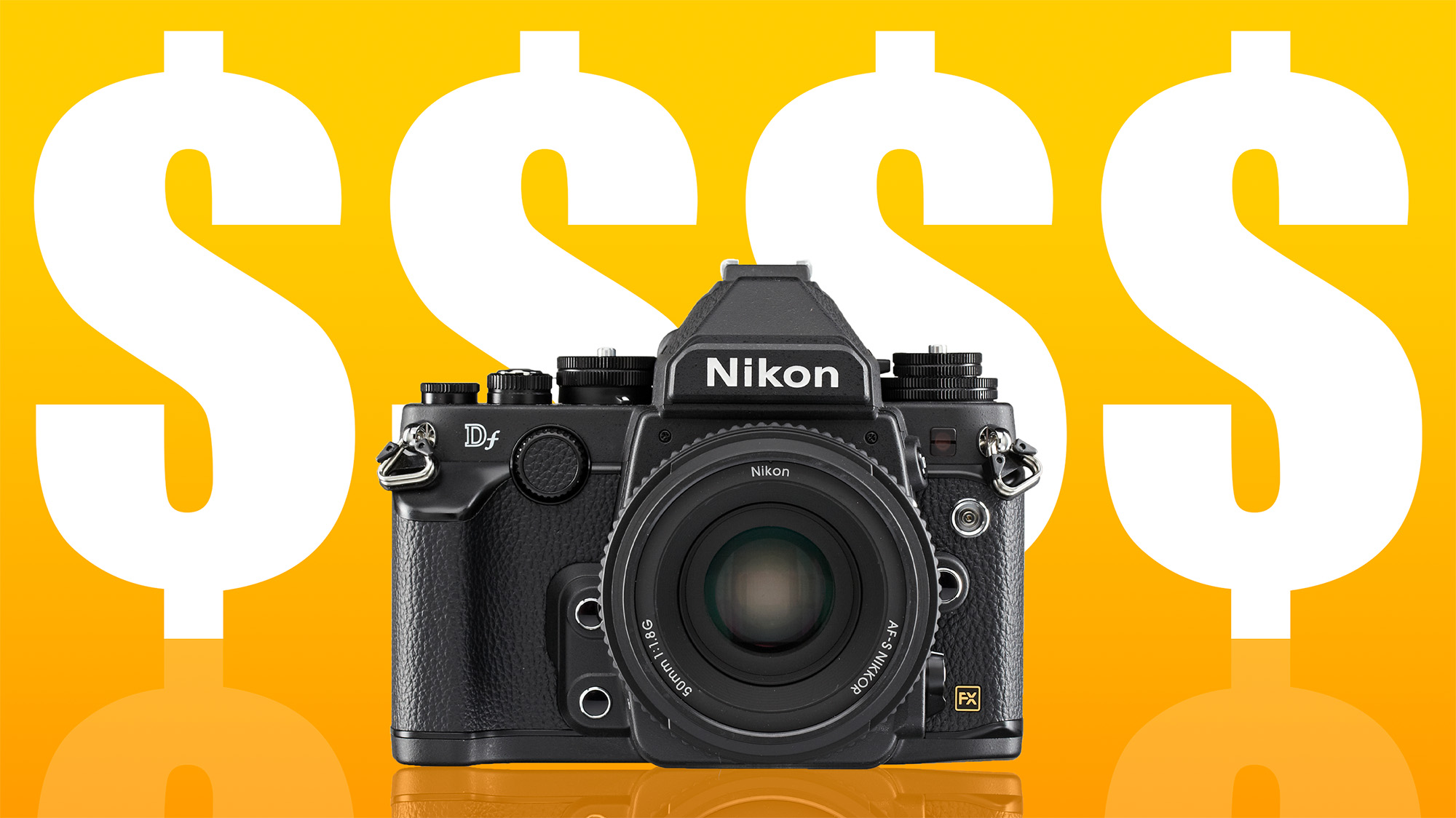
The Nikon Df has come full circle. Back in 2013 it launched as a newfangled retrospective on the Nikon FM and FE – two of the best film cameras of yesteryear – but with the stills imaging power of the then-flagship Nikon D4. I say stills power because, rather remarkably, the Big N decided to omit video functionality on the Nikon Df entirely.
Now, in 2024, this once cutting-edge hunk of nostalgia has quietly become a modern classic. A contemporary vintage camera, if you will. But if you want to pick one up, you'll certainly have to pay for it; It's not unusual to find used Nikon Dfs for over $1,200 / £1,200. That's body only and not all that far off the price of some used Nikon Zfs!
What's more, I've seen mint-in-box Dfs with a lens or two go for much more. And if you're after the limited-edition gold Nikon Df you can expect to pay well over $2,000 / £2,000.
So what gives? Why do some people still consider this retro DSLR – imitating an even retro-er SLR – one of the best Nikon cameras? Maybe the specs can offer some insight…
What is the Nikon Df?
The Big N released the Nikon Df and its special edition Nikon Af-S 50mm f/1.8G lens in November 2013. Df is an acronym for 'digital fusion' and was designed to bridge the gap between film and digital. Beneath its FM/FE-inspired veneer, the Df boasted the then-flagship D4's sensor and imaging processor. And yet, only having a 16MP sensor, single card slot and a complete absence of video divided fans.
But what everyone could certainly agree on was the Df's retro-inspired good looks. In an age of, let's face it, rather ugly-looking DSLRs (by mirrorless standards) the Df harkened back to a time when tech had a more timeless aesthetic. Its chunky mechanical dials were metal and its angular body was a marked departure from bubbly-looking DSLRs.
And yet, despite launching as Nikon's smallest and lightest full-frame DSLR body, today it suddenly seems like a big ol' hunk of a camera that's – dare I say it – lost a little of its retro sheen, made all the more obvious following the release of the comparatively svelt Nikon Zf and its much more accurate film-era form factor.
Get the Digital Camera World Newsletter
The best camera deals, reviews, product advice, and unmissable photography news, direct to your inbox!
But, I still think the Df is a charming camera, a modern classic, and potentially a great buy for the photography-focused enthusiast.
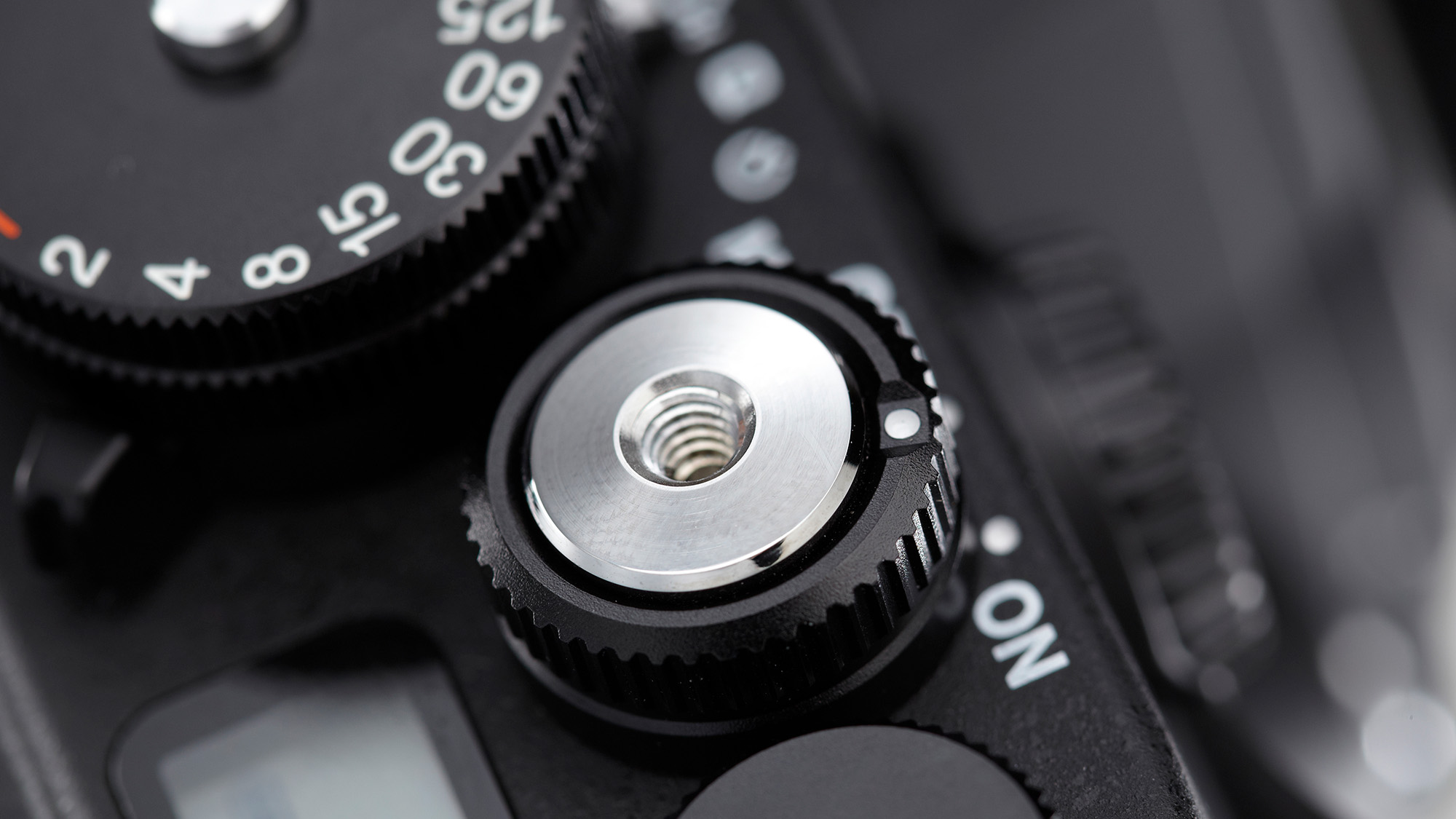
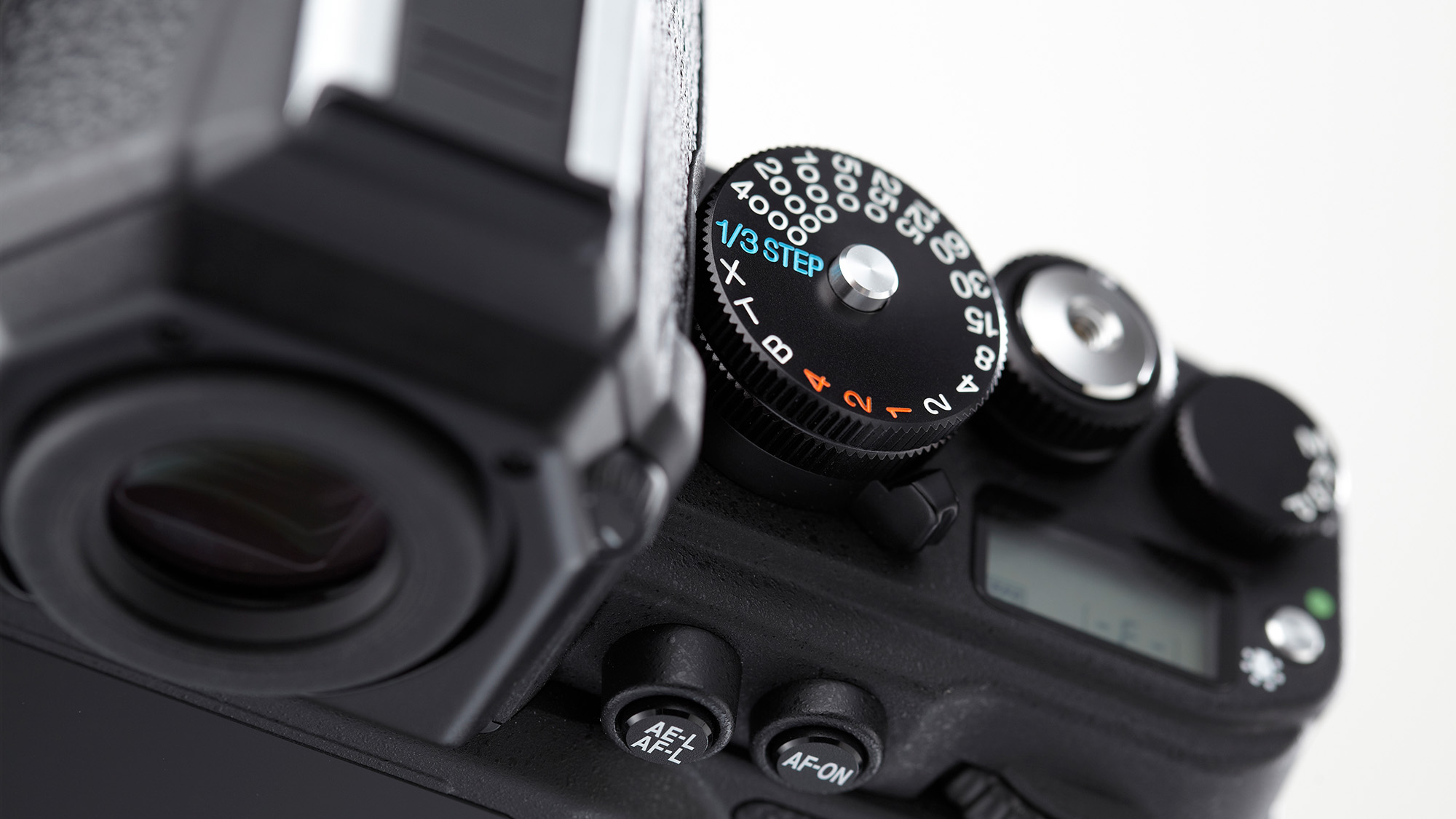
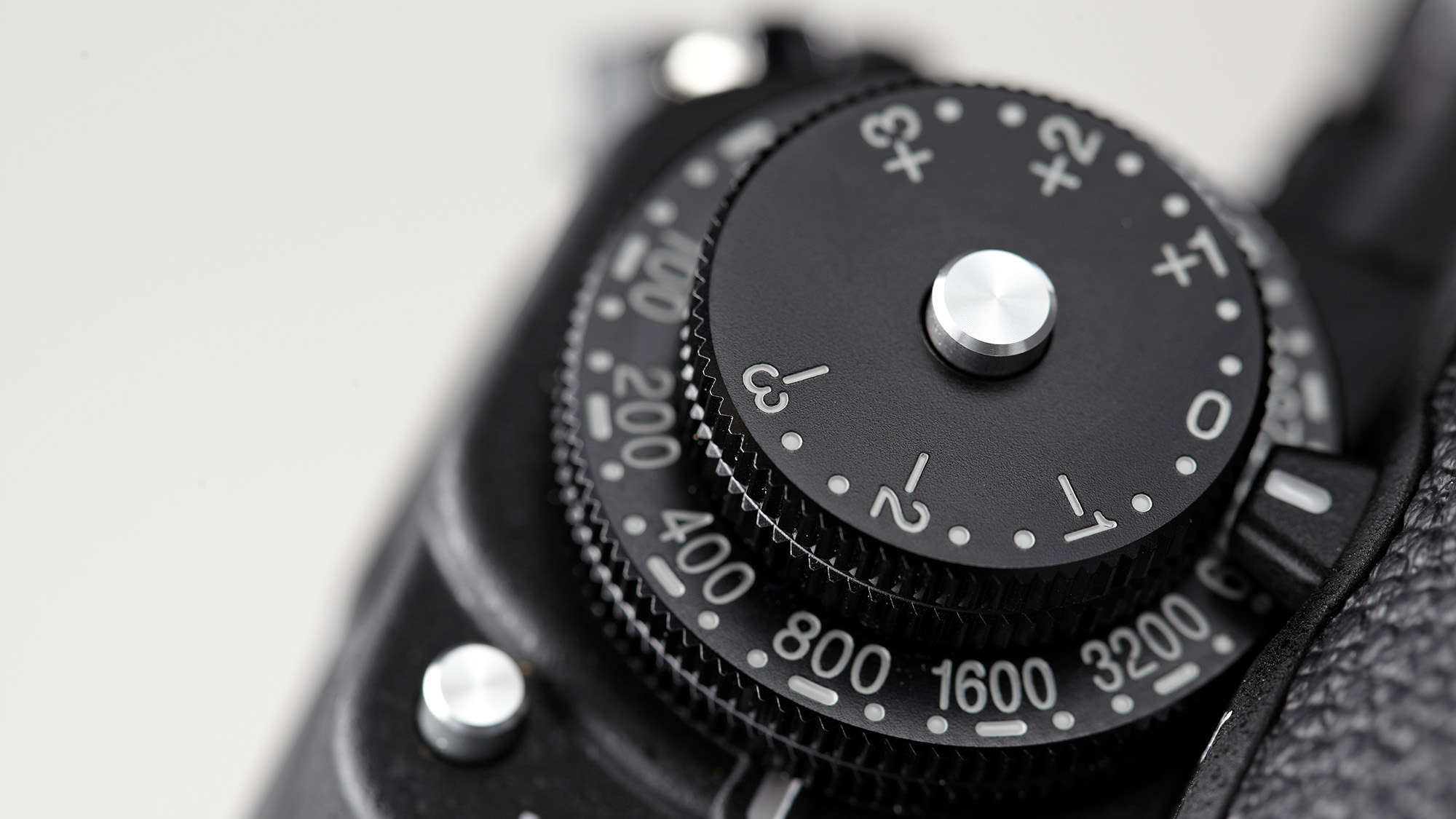
| Sensor | 16.2-Mp FX CMOS sensor |
| Image processor | EXPEED 3 |
| AF points | 39 points (9 cross-type) |
| ISO | 100-12,800 (50-204,800 exp) |
| Max shutter speed | 1/4000 sec |
| Viewfinder | 0.70x magnification |
| Storage | 1 x SD card slot |
| LCD | 3.2in (921,000 dots) |
| Max burst | 5.5fps |
| Weight | 710g (25 oz) |
Why has the Nikon Df held its price?
The years have been kind to the Nikon Df – its used value certainly sits much higher than its D800 and D4 peers. And I think I have a pretty good idea why.
Predominantly, it's truly a one-of-a-kind camera. After all, it's Nikon's only retro-themed digital camera with an optical viewfinder and the only Nikon DSLR to fit truly retro non-AI glass. How cool is that?
The metal dials feel premium, robust and have a timeless charm. And with the absence of video, what might have seemed like an oversight when the Df was first released is now a flippin' cool feature. This is an unapologetic photography machine, through and through.
What people love about film cameras is their purity. They're incredible machines built for one purpose, and one purpose only, capturing photos. The Nikon Df, then, is perhaps the purist digital camera in existence.
Nikon set out to build a digital homage to the SLR film cameras of yore. Looking back, it nailed it at the first time of asking.
If you're interested in the Nikon Df, you might be interested in the best DLSR cameras or for more retro-themed hits, the best Fujifilm cameras.

Mike is Digital Camera World's How To Editor. He has over a decade of experience, writing for some of the biggest specialist publications including Digital Camera, Digital Photographer and PhotoPlus: The Canon Magazine. Prior to DCW, Mike was Deputy Editor of N-Photo: The Nikon Magazine and Production Editor at Wex Photo Video, where he sharpened his skills in both the stills and videography spheres. While he's an avid motorsport photographer, his skills extend to every genre of photography – making him one of Digital Camera World's top tutors for techniques on cameras, lenses, tripods, filters and other imaging equipment – as well as sharing his expertise on shooting everything from portraits and landscapes to abstracts and architecture to wildlife and, yes, fast things going around race tracks...
